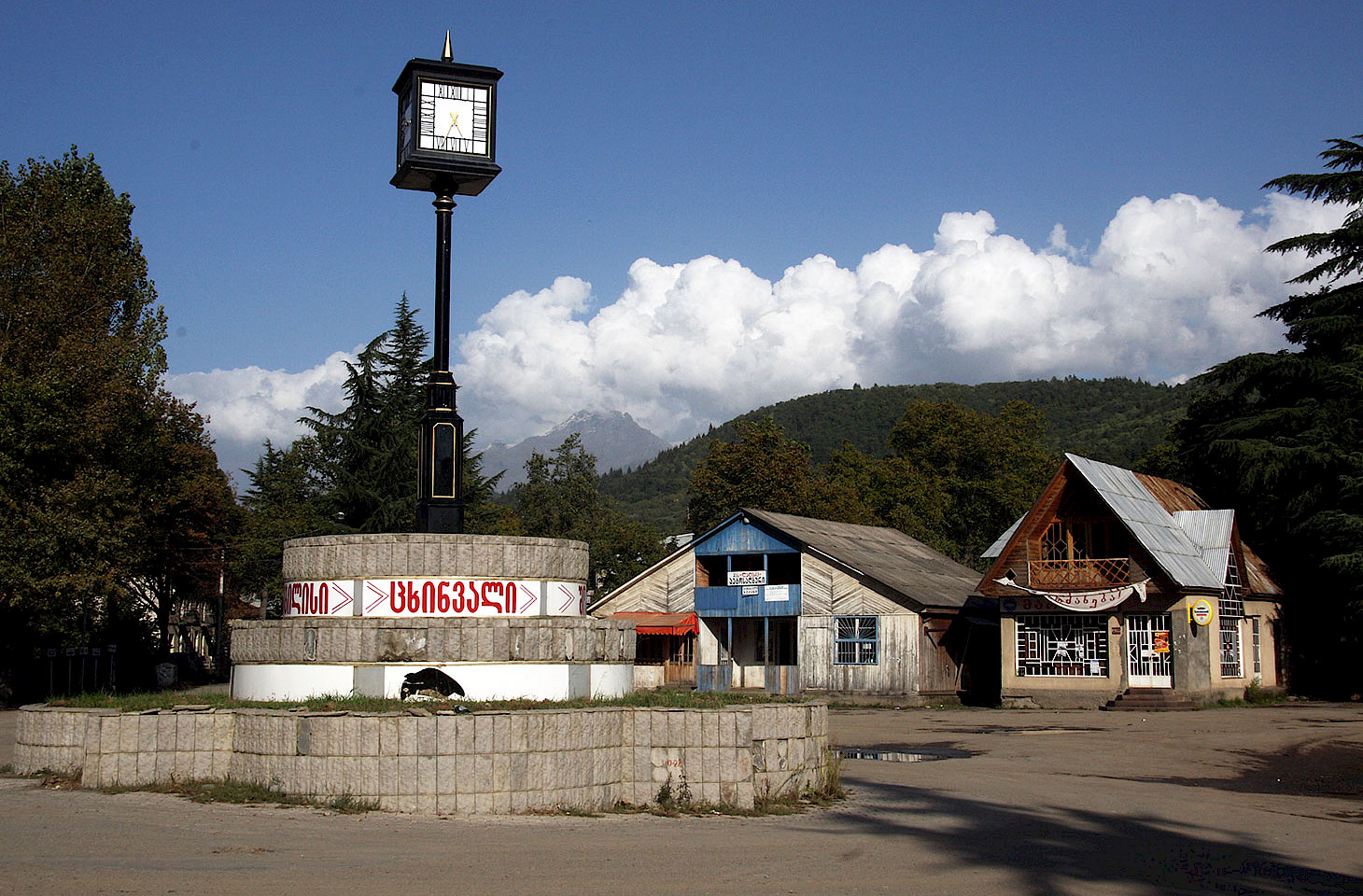Dear fellow travellers,
On the banks of the Odra river in Wrocław, across the water from Cathedral Island – the oldest part of the city that indeed has a cathedral but which is no longer an island – more than a hundred people are sitting on deep steps above the embankment. They have come here as couples or families, in small groups or alone. They eat ice cream from the kiosk on the promenade or sip coffee made by a friendly young woman in a mobile café attached to a bicycle.
For the most part, here above the water, the people are quiet.
“Something happens to our brains when we stare at moving water,” Amy-Jane Beer writes, in her essay ‘What is a River?’ Beer elaborates: “A sort of broad, effortless attentiveness, the effects of which are regarded as restorative and pleasurable.”
There is certainly a collective sense of contentment on the riverbank on this summer day as we contemplate the river and the brick walls, towers and spires on the far bank of the Odra. Wrocław can be a difficult place to get your head around, with a complex history that includes the almost complete exchange of population in the years following the Second World War as it shifted from the German Breslau to the Polish city that exists today. The newcomers who filled the city vacated by departing Germans came from much further east, many of them of the former Polish territory ceded to the Soviet Union at the end of the war.
There are many ways to get a sense of Wrocław, of the layers of its history and the finer details of the city's story. One way is to follow its rivers.
The Odra is the city’s reason to be. Norman Davies, in his history of Wrocław, wrote that “the City was the offspring of the River and the Plain. It was conceived at a point where people moving up and down the River met others who were following trails across the Plain.”
So we can start here then, with our ice cream and coffee, a few steps from where the first settlement was built close to the river crossing. On the banks of the Odra we’ll find the university. The old hospital. Traces of the city walls, when the river was part of the fortifications.
Or we can follow the Oława, which meets the Odra close to Cathedral Island, passing by neighbourhoods that tell the story both of the growth of Breslau in the nineteenth century, with grand tenement blocks now crumbling slightly, as well as the new city of the twenty-first century and the new apartment buildings with wall-to-ceiling windows which offer a view across the river and beyond.
In the south of the city, there is another tributary of the Odra. The Ślęza approaches the city in a roundabout way, passing beneath the Monument to Polish Soldiers unveiled in 1979. The moument is close to what was once a cemetery and is now a park. At the heart of the latter you'll find a small memorial to “the residents of our city buried in cemeteries that no longer exist.” The river continues, passing by the remnants of old industries and modern developments, through suburbs built at different stages of the city’s growth, until the river reaches the Odra and the end of its journey.
And there are other rivers too. In the north of the city, close to the villages of Osobowice and Rędzin, the former sewage irrigation fields are slowly being transformed into a nature reserve. As you cross the fields you can glimpse relics of the infrastructure including brick channels, levees and settling ponds from the 134 years the fields were in operation. And there are old stories too.
A line of oak trees, solid on their embankment, traces the route of the Old Odra, from a time before the land was drained first for agriculture and then to manage the wastewater of a growing city. They are relics of a deeper history. The ghost of a river course, marked in trees and reedbeds, while a kilometre or so to the west the waters continue to flow, towards the German border and the Baltic.
Paul Scraton
With each edition of the Letter from Europe we are making more feature articles from the 70 issues of hidden europe magazine available to read in full, for free on our website. We include a feature on Wrocław as one of a trio of articles which focus on riverside communities. The other two relate respectively to the Elbe and the Moselle.




